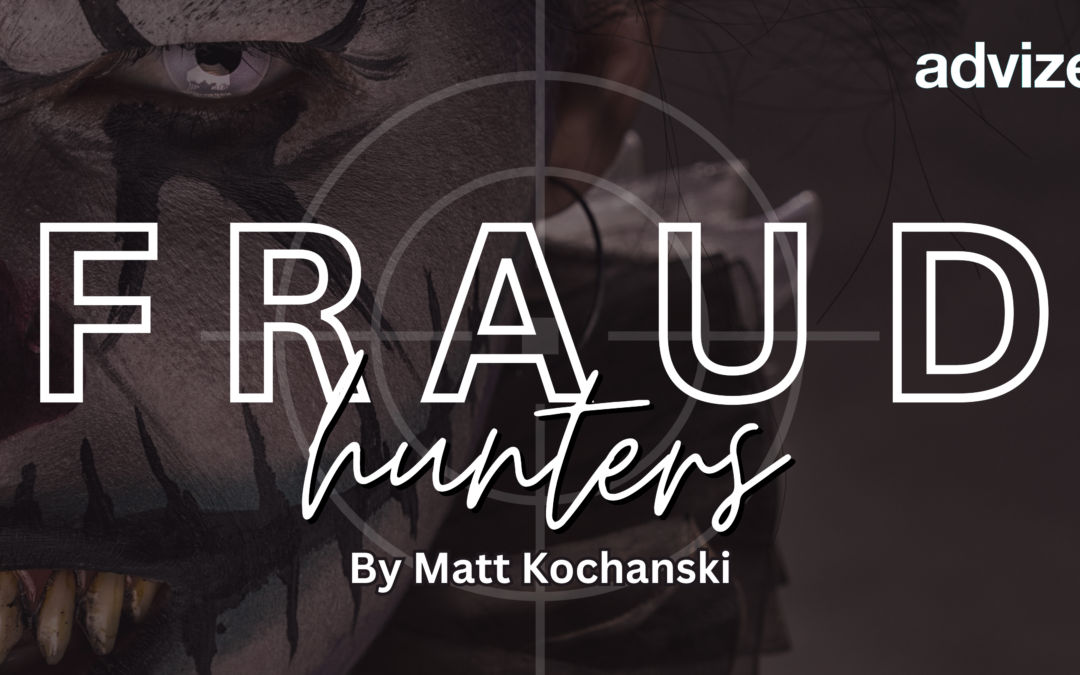After glancing at the Halloween-themed graphic, I was tempted to rename this blog “The ‘Fraid’ Hunter” because that picture is horrifying. However, it did inspire me to discuss a healthcare horror tragedy.
In this story, there are no bad guys, no monsters, and no ghouls haunting the halls of someone’s house. It’s just people caught in a horrific situation.
I went to college in New Orleans and have an unending affinity for the city, even with its quirks (Voodoo, swamp rats, the Saints), its weather (tropical heat and powerful storms), and its very interesting political heritage (Huey Long, Edwin Edwards). But in this story, the weather takes center stage.
In 2005, as everyone knows, Hurricane Katrina hit just to the east of New Orleans, destroying towns on the Mississippi coast and compromising the levee that was holding back the waters of Lake Pontchartrain. Everyone knows that story – how 80% of the city was underwater and that it took months and years to rebuild.
What’s not so well known is the healthcare horror story that unfolded in the city’s nursing home and hospital facilities during and after the storm and the flood. Memorial Hospital in Uptown New Orleans was one scene of this horror.
Picture yourself as a staff member in the hospital. Electricity has been cut off. The hospital is running on emergency generators. There is no air conditioning, and the temperatures are over 100 degrees. Worse, the floodwaters are rising and will soon short out the backup generator switches.
How do you get the patients out? Within the hospital was a long-term acute care facility with over 50 patients. These patients need constant care and mechanical assistance just to survive. Evacuation plans were created, but the 50 patients in the acute-care center were not accounted for because it was believed that authorities would soon arrive to remove them. Of course, that never happened.
After the first night, about 50 of the 180 hospital patients had been evacuated through a grueling process.
Then, the backup generators stopped. What do you do? Time is running out for the patients, and your strength and the opportunity to save these people are waning.
The evacuation continued – to include some of the acute-care patients. But some patients were starting to die. The staff then triaged the hospital patients – assigning a number (1, 2, or 3) to the patients. The patients assigned a “1” were the first to be evacuated. They were all moved to the first floor where rescue boats could be used. The acute-care patients that were still in the building, however, were still on the seventh floor.
As the hours went by, it became clear that not all acute-care patients could be evacuated. They did not have the machinery to stabilize them or the means to transport them. At this point, the doctors decided to sedate the acute-care patients and some patients assigned a “3” to give them some comfort.
At the end of 4 days, 45 corpses were removed from the facility. Was this murder or mercy?
Given those circumstances, what would you have done? Was there even a choice?
The Louisiana Attorney General thought so as he sought an indictment of the doctor who ordered the morphine. The grand jury did not indict.
This is a healthcare horror story. Caregivers were caught in an untenable situation. Did their actions end the lives of some patients? Probably. Was that compassionate healthcare or a crime?
I was with the HHS OIG during that time, and teams of our staff, along with HHS personnel, went to New Orleans immediately after the storm and assisted with the cleanup. They also assisted in the criminal investigation of the doctor and staff at Memorial. It was a confusing and divisive time.
In this type of tragedy, there are no heroes or villains – just people trying to act on decisions made in circumstances of which no one could ever conceive. I believe the people of New Orleans serving on that Grand Jury took all of that into account when they made their decision.


Recent Comments